Advanced Mathematics: Calculus and Analysis Homework Solution
VerifiedAdded on 2021/06/16
|12
|606
|243
Homework Assignment
AI Summary
This document presents a comprehensive solution to an advanced mathematics homework assignment. The solution addresses several key concepts in calculus and analysis, including calculating partial derivatives and the equation of a plane, finding critical points of a function, determining local minimums, and the absence of local maxima or saddle points. It also covers double integrals in polar coordinates, solving differential equations, applying integration by parts, determining total differentiability, and identifying even functions. Furthermore, the solution provides step-by-step calculations and explanations for each problem, ensuring clarity and understanding. The assignment covers a range of topics, from basic calculus to more advanced concepts, providing a thorough understanding of the subject matter. The document concludes with a bibliography of relevant academic resources.
1 out of 12
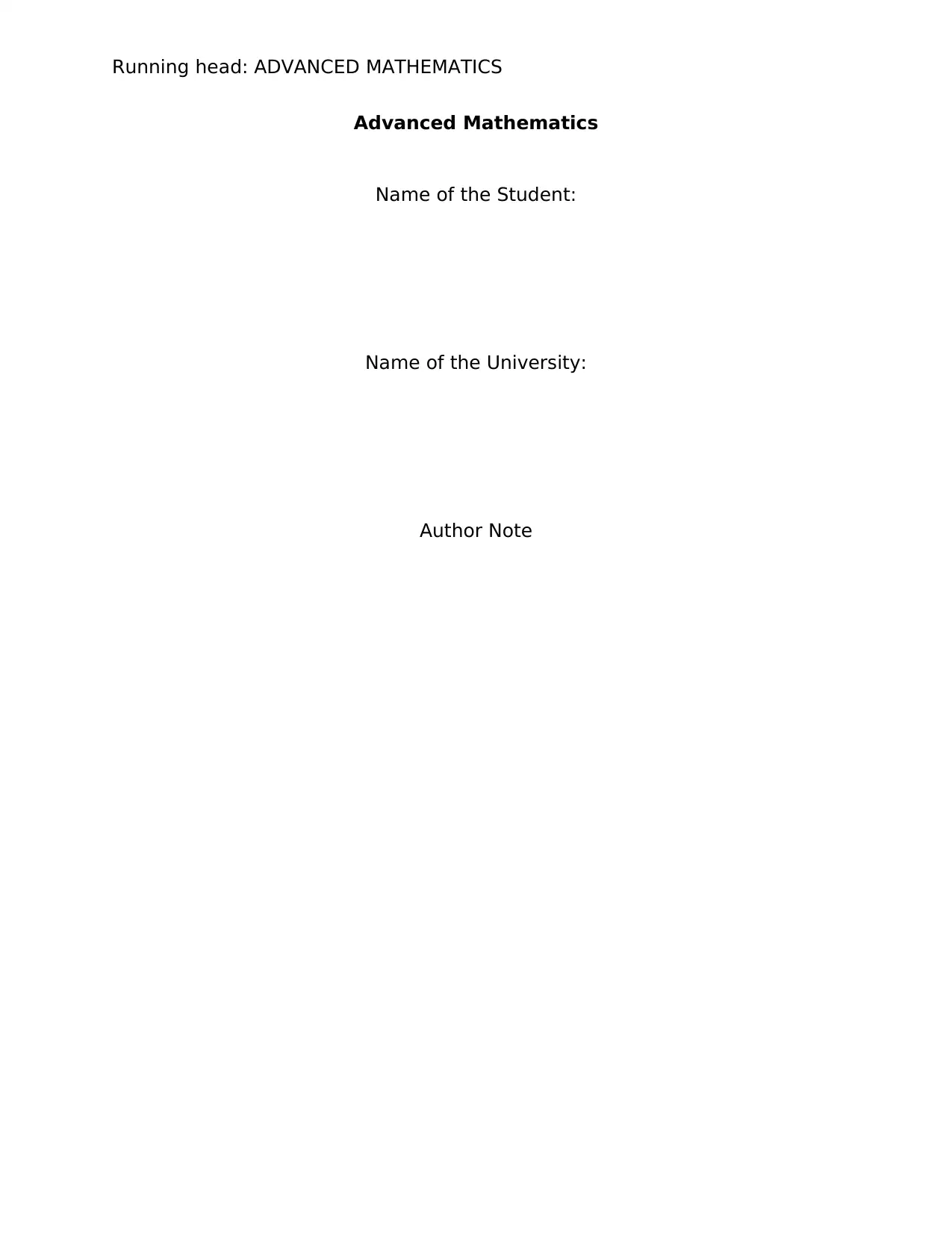
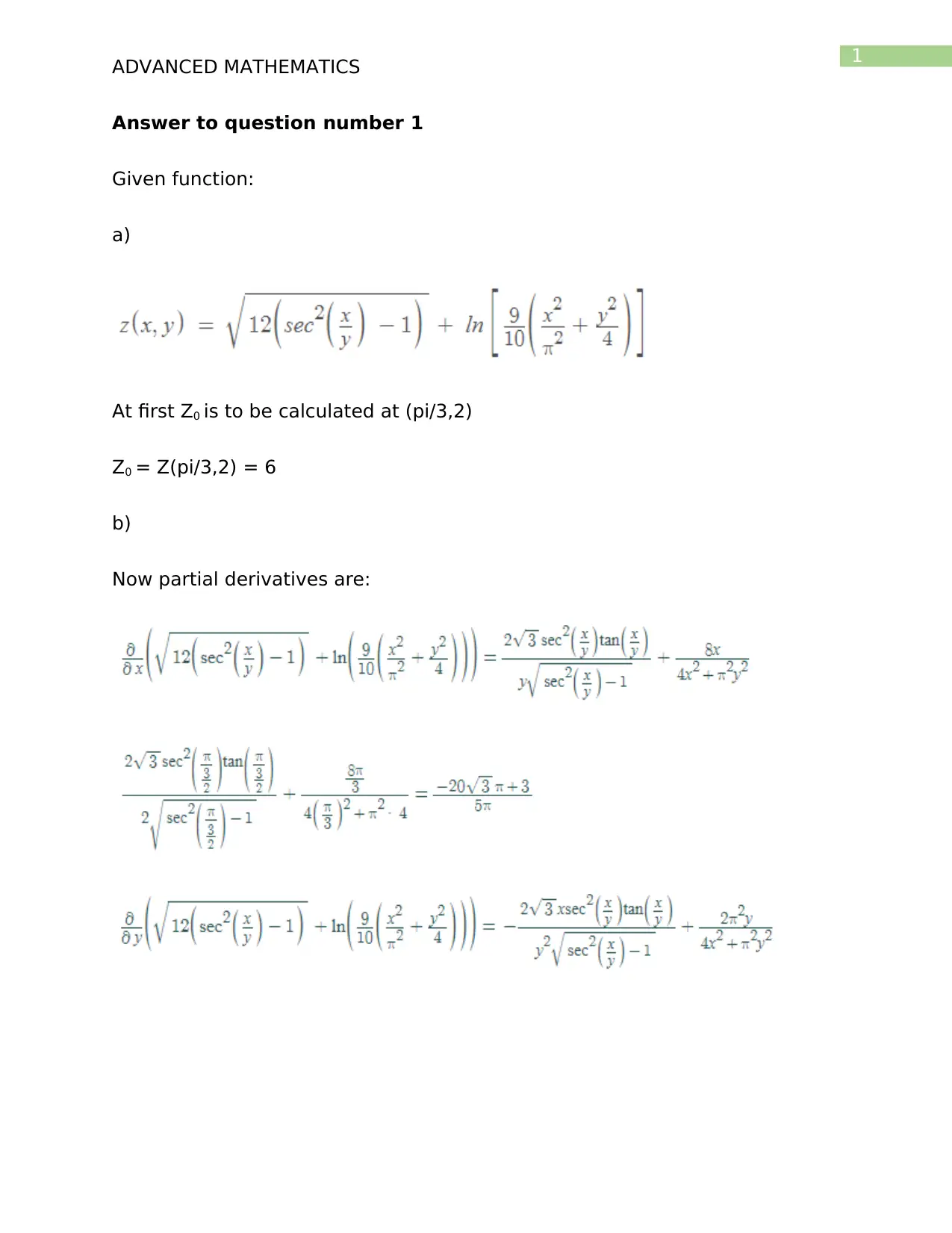
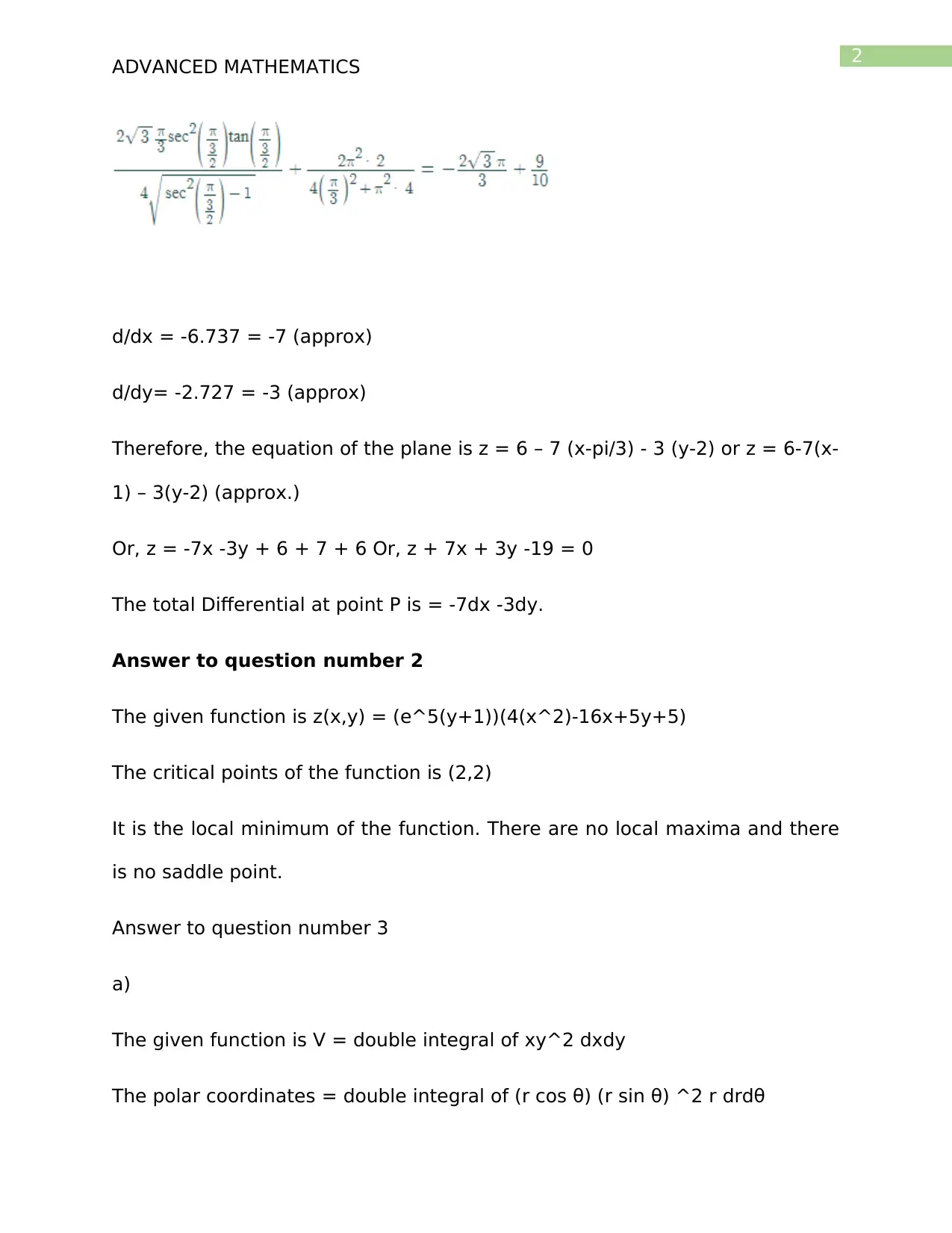

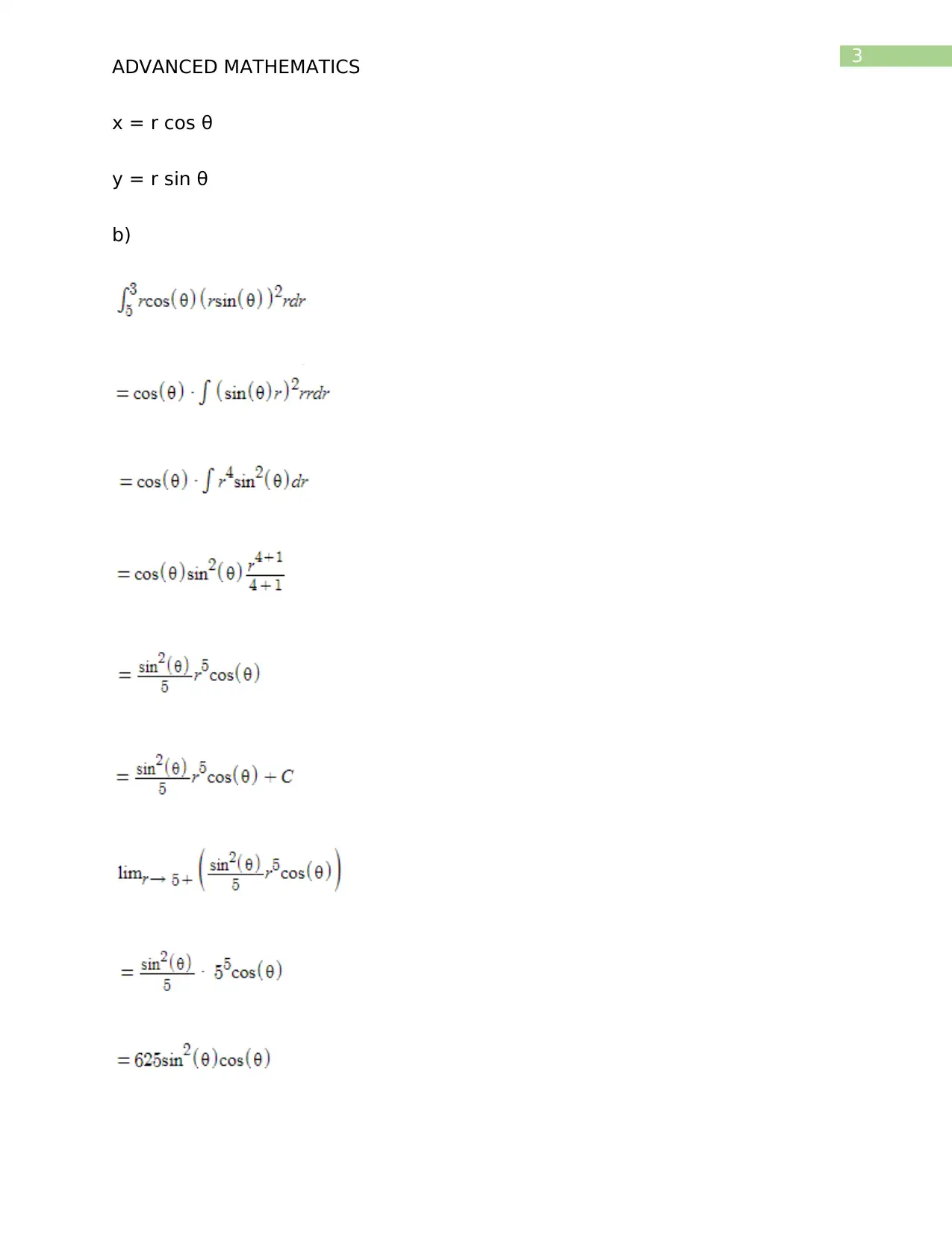
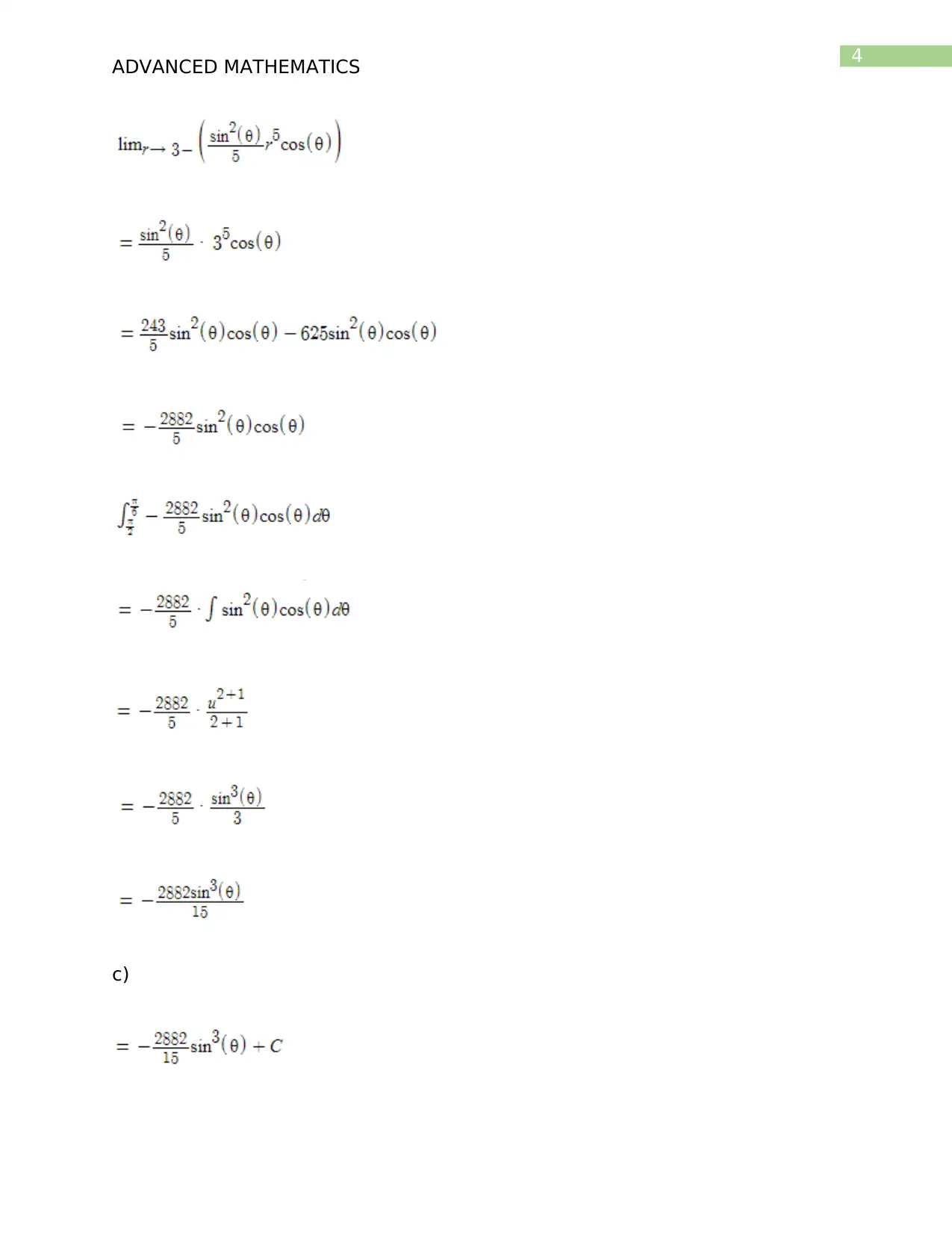
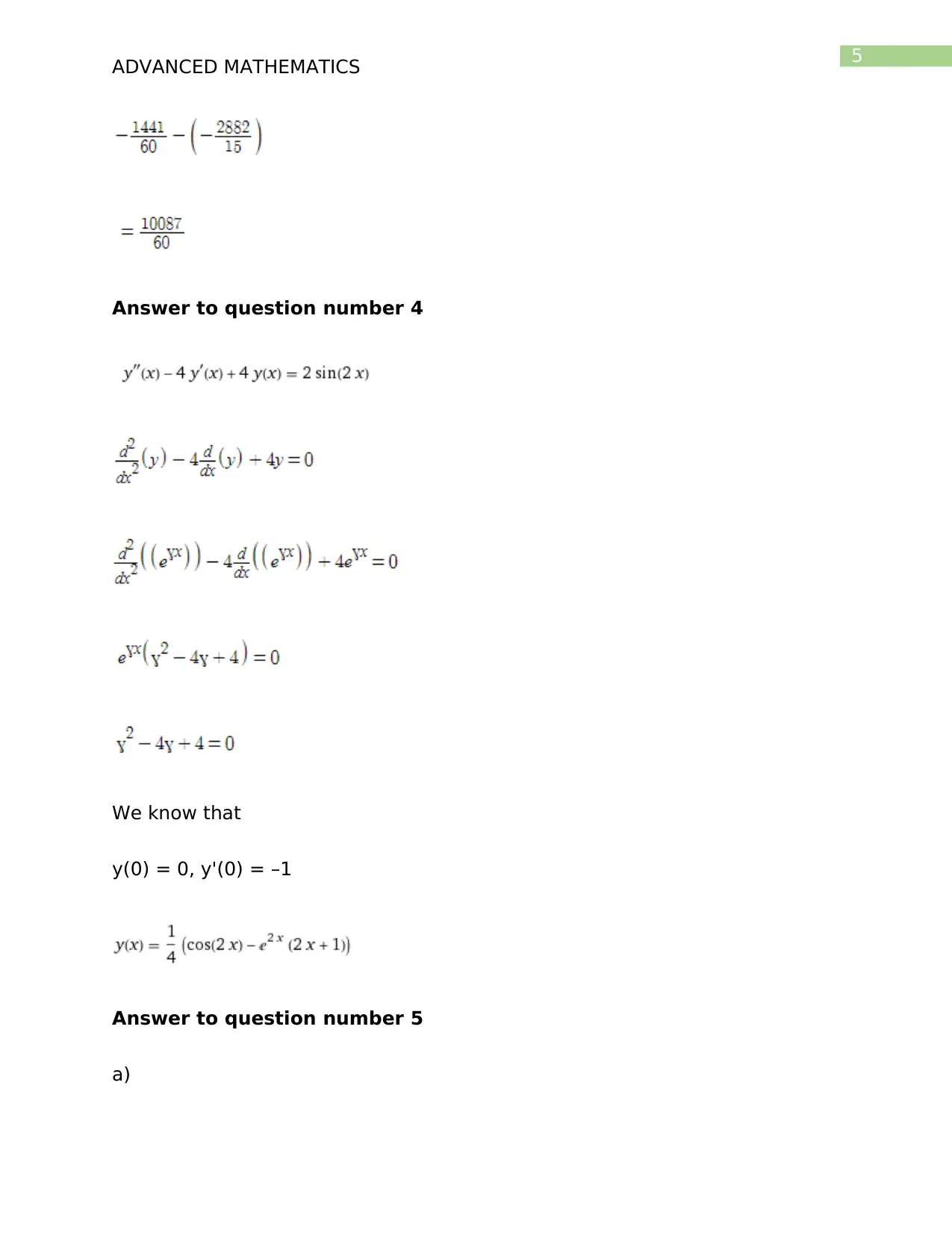
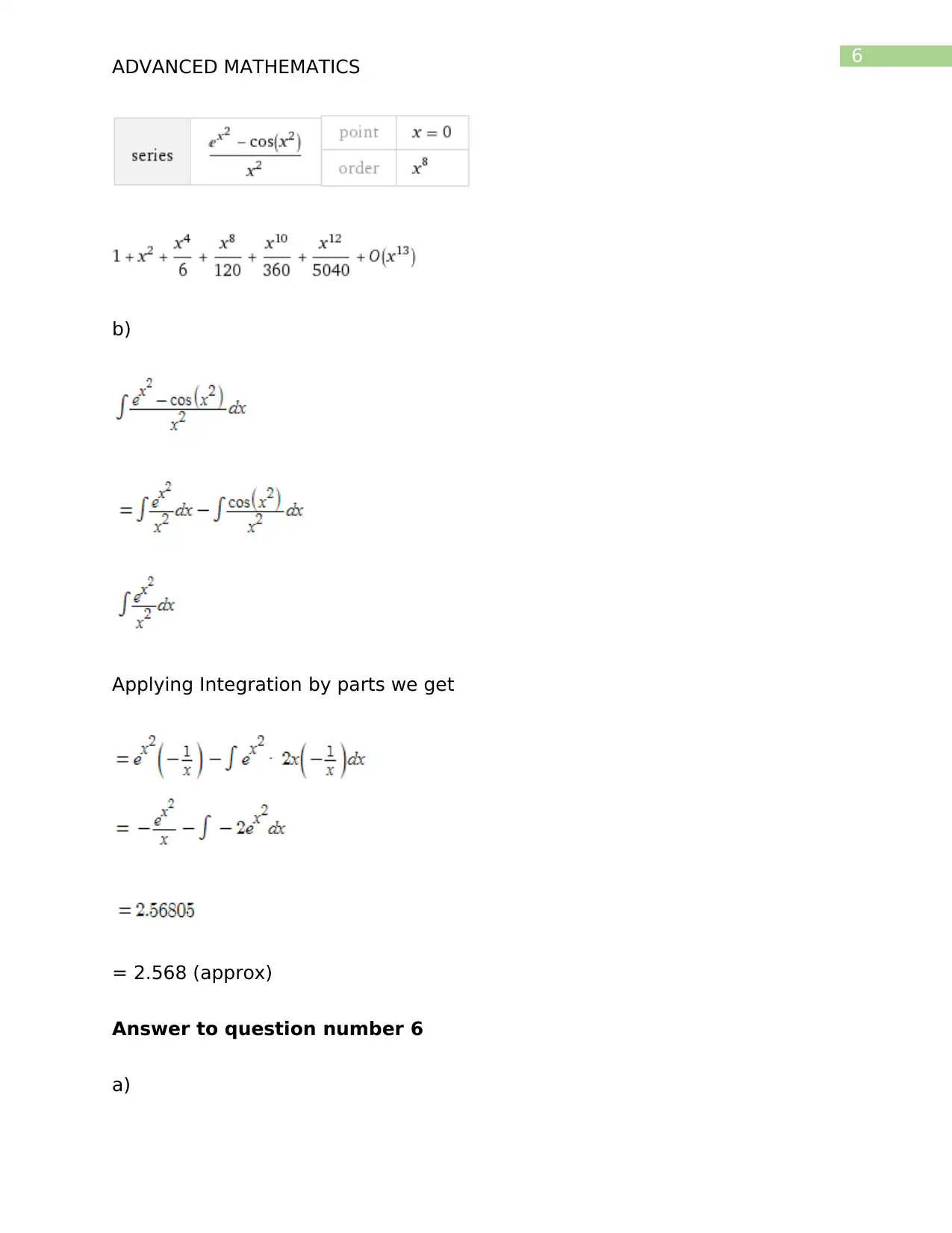
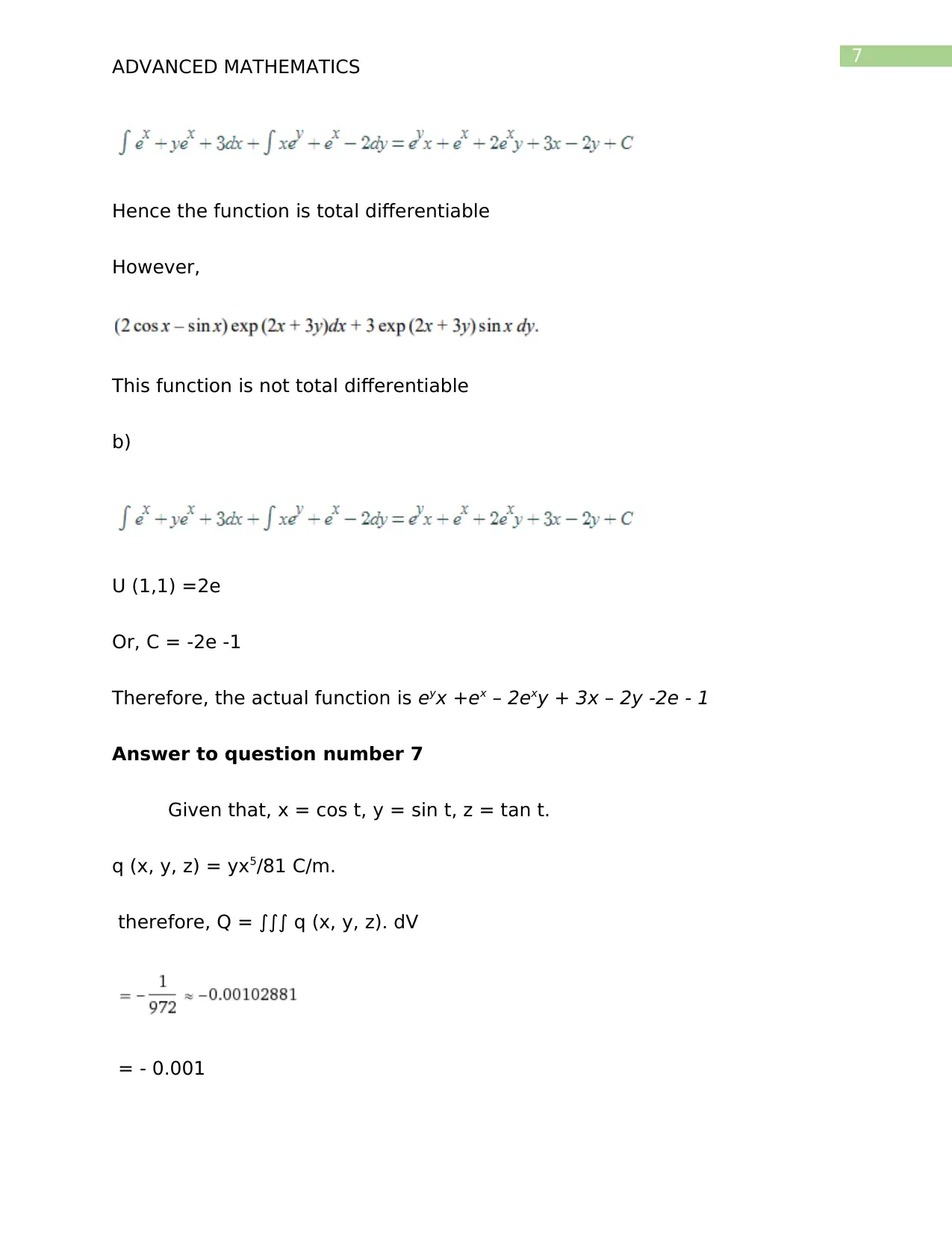
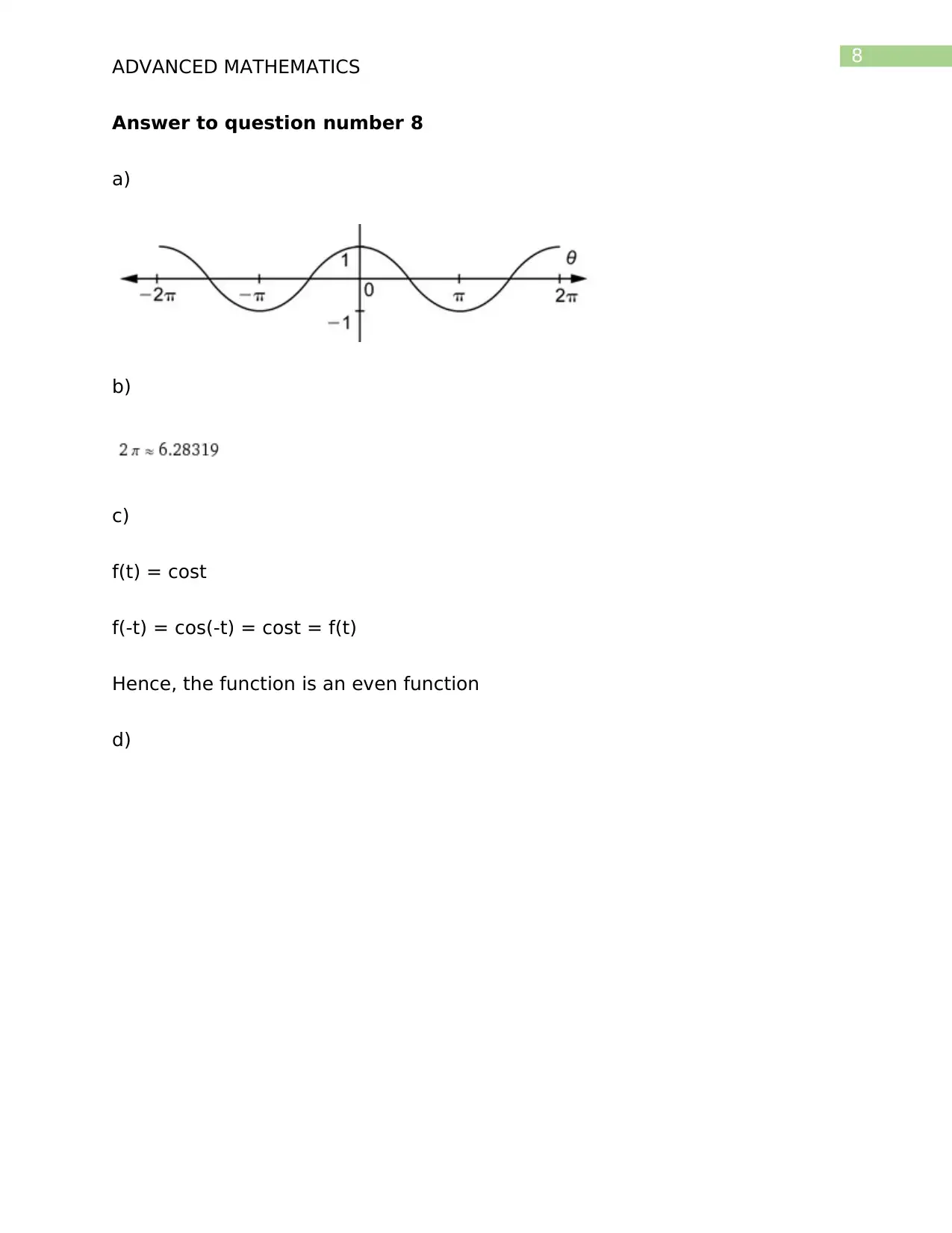
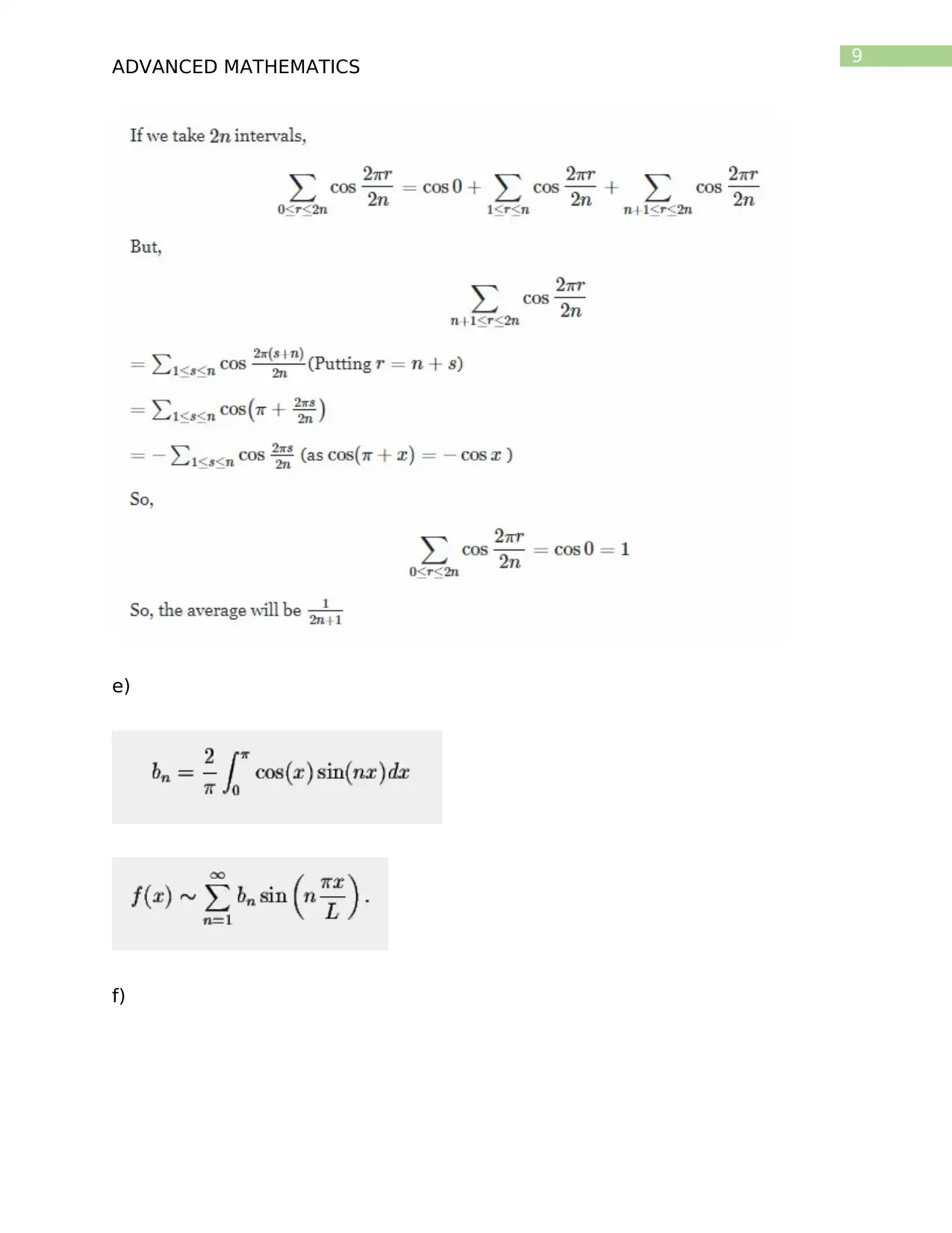
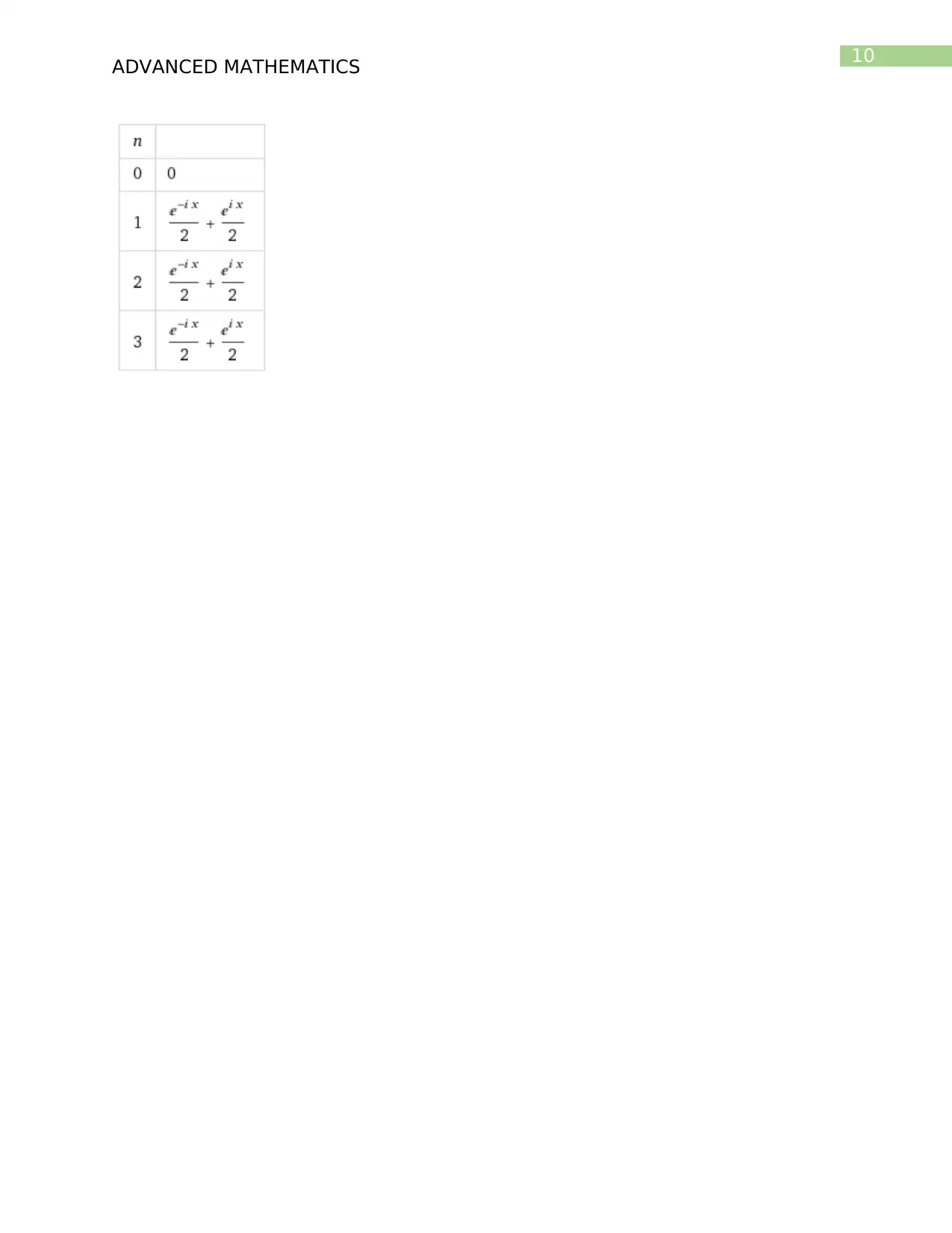
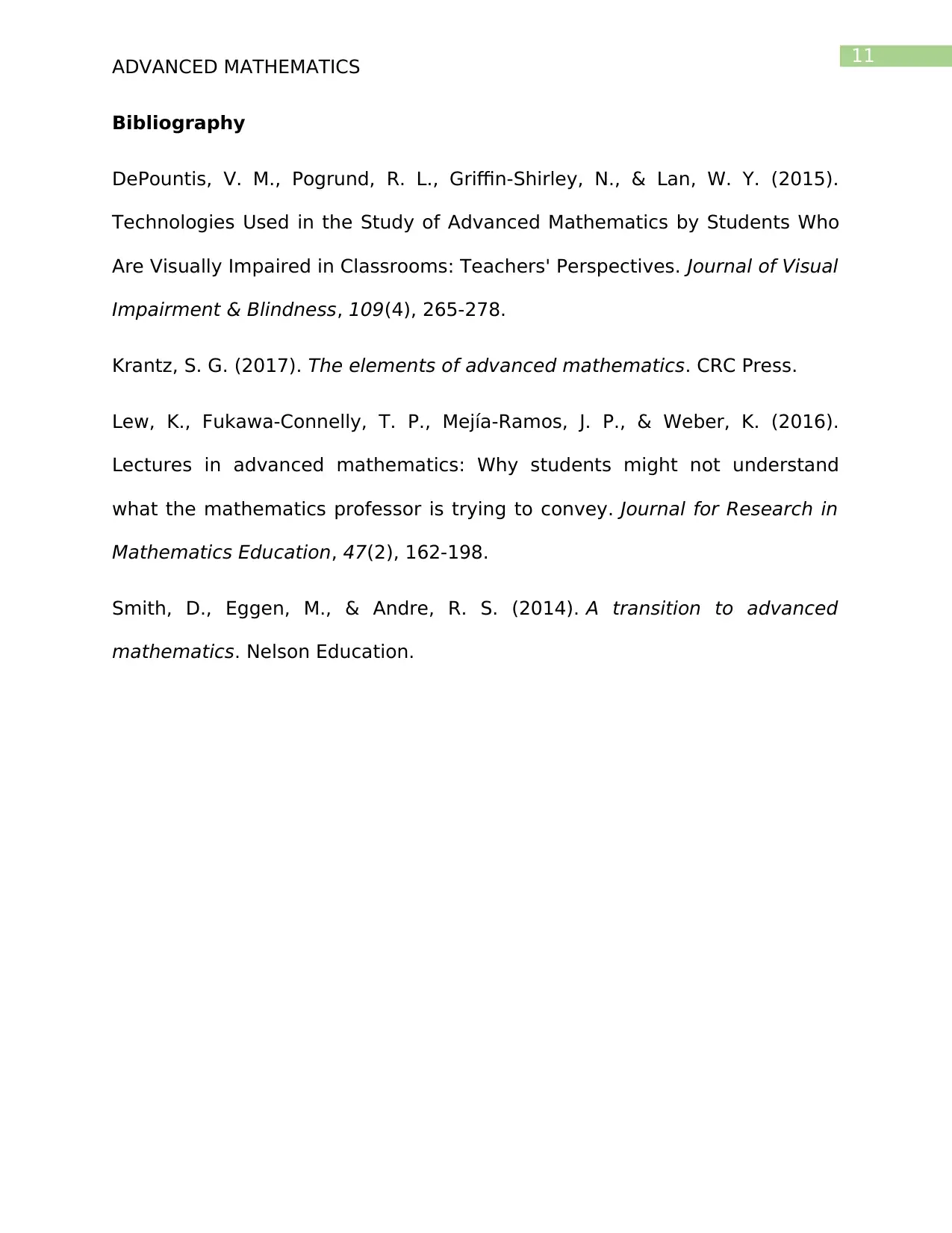


![MATH130: Algebra Assignment 2 Solution - [University Name] - May 2019](/_next/image/?url=https%3A%2F%2Fdesklib.com%2Fmedia%2Fimages%2Fmf%2Ff5e9dd638f934d7d8421c8edf334793d.jpg&w=256&q=75)


![[object Object]](/_next/static/media/star-bottom.7253800d.svg)